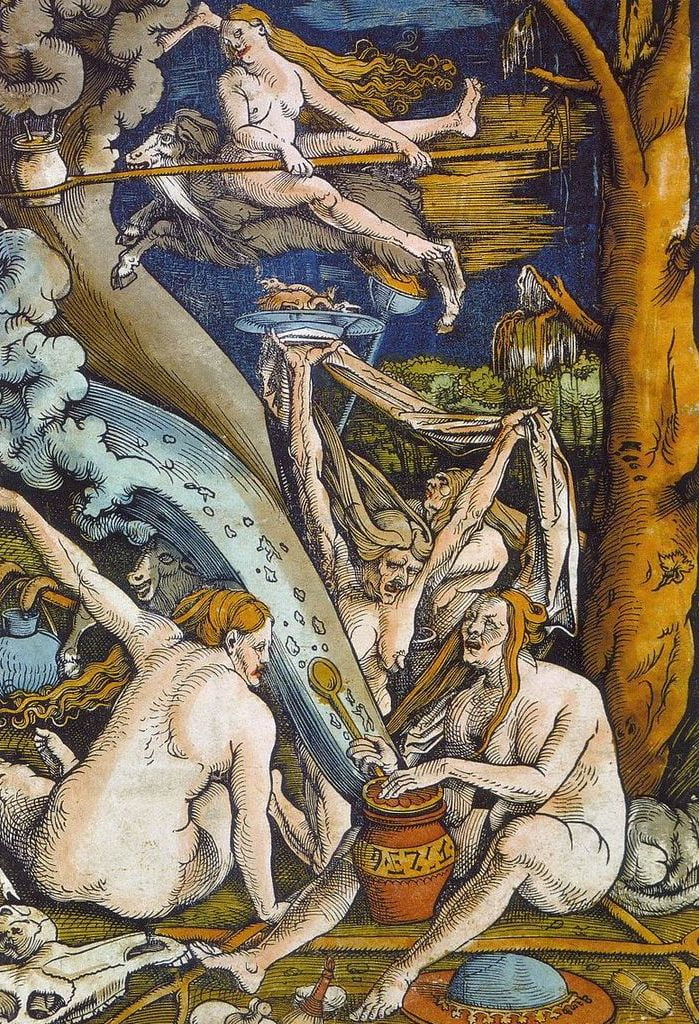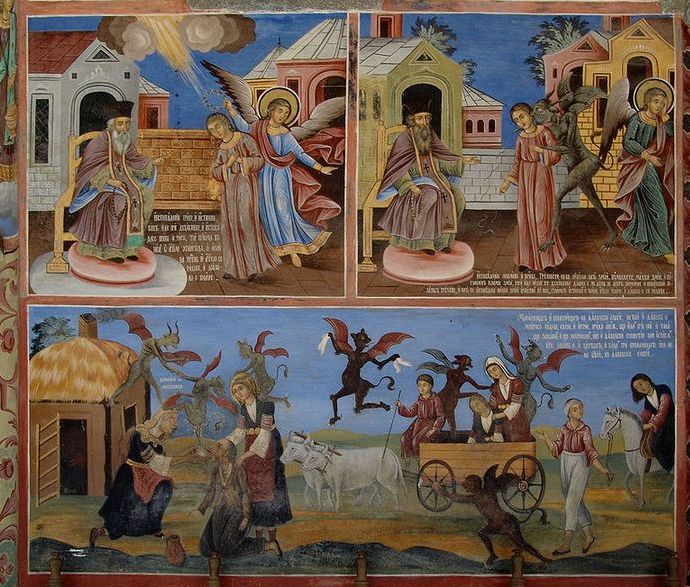Unhappy Marriages and Poisoned Kings
The marriage between Antiochus II and Berenice turned out to be far from happy. After a brief period, Antiochus abandoned Berenice and their infant son to reunite with Laodice. Unfortunately, Laodice poisoned him, declared her own son Seleucus II (246-225) as king, and ordered the execution of Berenice and her son. This treacherous act triggered the Third Syrian or Laodicean War (246-241) when the Egyptian king, Ptolemy III Challenges and Decline in the Seleucid Kingdom, sought vengeance. Despite Ptolemy’s initial successes, particularly in recapturing Ionia, coastal Syria, and part of Thrace, Seleucus struggled in a civil war with his brother Antiochus Hierax, preventing him from reclaiming lost territories like Pergamun, Parthia, and Bactria.
Successors and Continued Losses
Following Seleucus III’s reign (225-223), Antiochus III, an eighteen-year-old, inherited the throne. In less than a century, the Seleucids had lost over half of their original territory, marking a period of continued decline.
Classical Asia Minor
Due to its challenging terrain and distant location, Alexander never invaded the northern half of Asia Minor. The region was left alone after local Persian satraps offered the necessary homage. Bithynia, situated in the northwest, thrived with fertile farmland, pastures, timber, marble, and strategic harbors. Zipoetes I, its first ruler, skillfully avoided subjugation to Alexander Bulgaria Holidays, resisted Antigonus I and Lysimachus, declared himself king in 297 B.C., and successfully repelled the Seleucids. His son, Nicomedes I, invited the Galatians into Asia Minor in 278 B.C., a strategic move in a throne dispute. Nicomedes I also transformed Bithynia into a prosperous Greek state, centered in Nicomedia, a port created by merging two ancient Greek cities.








